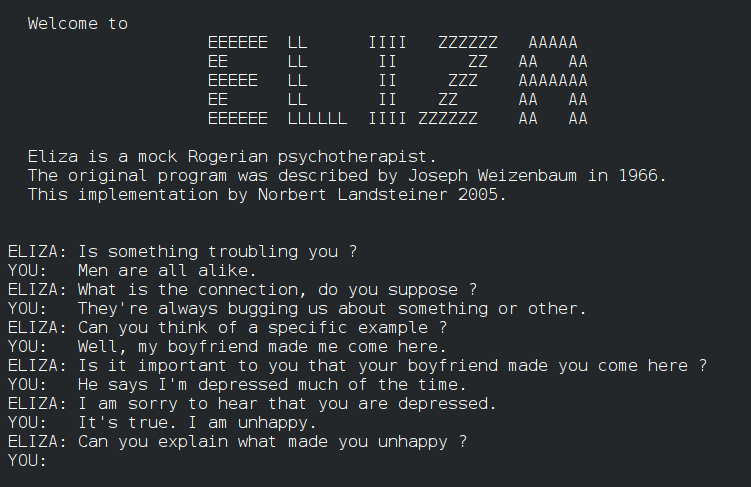What is Generative AI and How Does It Work?
Generative AI refers to advanced artificial intelligence techniques and models that use AI to create new content, such as text, images, videos, audio, or even software code, in response to prompts or data inputs.
Unlike traditional AI systems designed to classify information, make predictions, or automate repetitive tasks, generative AI produces entirely new data that didn’t exist before, often with strikingly human-like creativity.
At its core, generative AI works by leveraging large collections of data (known as training data) and sophisticated machine learning models (notably deep neural networks) to learn the statistical patterns, style, and structure inherent in the data. Once trained, it can generate new outputs, such as a painting, poem, essay, or business report, by drawing on what it has “learned” from the training examples.
Generative models, including Large Language Models (LLMs) such as OpenAI’s GPT series, Google’s Gemini (formerly Bard), Anthropic’s Claude, Meta’s LLaMA, and visual AI models like DALL-E or Stable Diffusion, are now used to produce anything from articles and marketing copy to medical images, legal analysis, and software prototypes.
How Was Generative AI Created? A Brief Historical Perspective
The journey toward modern generative AI is both rapid and deeply rooted in decades-long foundational research:
1950s–1970s: Artificial intelligence as a field was officially born in 1956. Early milestones included Frank Rosenblatt’s perceptron (the first artificial neural network) in 1958, and ELIZA, one of the earliest chatbot programs, in 1964.
1980s–1990s: The development of more complex neural networks (such as recurrent neural networks and LSTMs) enabled machines to better handle language and sequence prediction.
2010s: Major breakthroughs appeared with variational autoencoders (VAEs) in 2013, then generative adversarial networks (GANs) in 2014, which made it possible to generate realistic images from scratch. Diffusion models followed in 2015, laying the groundwork for today’s ultra-realistic AI art generators.
2017: The introduction of transformer architecture, documented in the seminal paper “Attention Is All You Need”, revolutionized natural language processing, enabling massive improvements in both language and image generation and forming the backbone of today’s LLMs.
2018–2022: OpenAI debuts GPT models, DALL-E, and Codex; Google and Meta release their own large AI models. AI-generated content moves from academic labs into the products we use every day.
2023–2025: The widespread adoption of generative AI explodes thanks to ChatGPT, Stable Diffusion, Gemini, and open-source models, leading Gartner to project that by 2026, over 80% of organizations will have integrated some form of generative AI.
How Generative AI Makes Work Easier
Generative AI isn’t just a tech curiosity; it’s fundamentally transforming nearly every sector of knowledge work. Its impact is tangible and measurable:
- Time Savings and Productivity: On average, employees using generative AI report saving 5.4% of their work hours weekly, which for a standard 40-hour week equals about 2.2 hours saved. Across the workforce (including non-users), this still results in a notable 1.4% overall reduction in hours needed for similar output.
- Creativity and Ideation: AI lifts the burden of processing massive amounts of information, freeing up humans for higher-value creative and strategic tasks. For example, in business-document generation, AI can handle the “heavy lifting” of data assembly and initial drafts, while people focus on refining insights and adding unique value.
- Bridging Skills Gaps: Generative AI helps level the playing field. Less-experienced users benefit greatly, as AI tools reduce cognitive load and allow users to perform on par with domain experts in many routine or data-heavy contexts.
- Automation of Routine Work: Repetitive, time-consuming jobs, such as synthesizing reports, drafting proposals, summarizing meetings, and generating marketing content, can be efficiently automated.
- Innovation Acceleration: In software development, tools like GitHub Copilot, Amazon CodeWhisperer, and GPT-Engineer allow for rapid prototyping and even full-stack application builds from a simple prompt, reducing development cycles from months to days or hours.
Real-World Generative AI Examples Across Industries
- Marketing: Coca-Cola’s “Masterpiece” and “Create Real Magic” campaigns leveraged generative AI for visual creativity and massive community engagement, streamlining both creative ideation and production.
- Retail: Amazon uses generative AI to generate product review summaries and personalized shopping recommendations, improving customer experiences at scale.
- Manufacturing and Design: Puma utilizes Google’s Imagen 2 to create realistic and diverse product visuals for dozens of SKUs, reducing costly photoshoots and making marketing content personalized for every audience.
- Consumer Goods: Nutella used AI to generate 7million unique jar labels, all of which rapidly sold out, showcasing the power of AI to drive product differentiation.
- Customer Service: AI now crafts tailored replies, categorizes support tickets, and generates instant knowledge base articles, giving teams time to focus on complex customer needs.
Why Are So Many Brands Leveraging Generative AI?
Organizations are integrating generative AI at an astonishing speed. According to a 2024 McKinsey report, one-third of businesses use generative AI in at least one area, and by 2026, over 80% are expected to do so. Here’s why:
- Cost Savings and ROI: Automating content creation, product design, and even software engineering means lower operational costs and faster time to market.
- Hyper-Personalization: AI enables brands to quickly tailor campaigns, messaging, and even products for niche audiences, something previously impossible at scale.
- Creative Innovation: Generative AI opens up new creative possibilities, allowing marketers and designers to experiment with ideas that would have been too expensive or resource-intensive before.
- Enhanced Productivity: By handling routine and repetitive tasks, AI allows teams to focus on strategic initiatives and core business goals.
- Data-Driven Decision Making: Generative AI can analyze large datasets for trends, forecast market shifts, and generate actionable insights, giving brands a competitive edge.

Connecting the Past, Present, and the Possible Future
Past: Generative AI is built on decades of innovation, starting with basic rule-based chatbots and neural networks to today’s sophisticated models that power tools like ChatGPT. Milestones like the invention of GANs, transformers, and diffusion models enabled creative AI to transition from research labs to real-world solutions quickly.
Present: 2025 is the year generative AI has gone mainstream. From creative content generation and business process automation to new forms of entertainment and personalized commerce, generative AI tools have become integral to the daily workflows of millions of professionals and billions of consumers worldwide.
Future: Looking ahead, the trends are clear:
- Multimodal Models: Future generative AIs will seamlessly combine language, vision, audio, code, and even 3D modeling, enabling rich, interactive digital experiences.
- AI-Driven Scientific Discovery: In drug development, new molecules are being identified and simulated in months, not years, thanks to generative AI, with platforms like DeepMind’s AlphaFold 3 leading the way.
- Automation Expansion: As AI-generated code and autonomous development tools progress, entire apps or workflows will be built by AI, with humans providing guidance and validation.
- Ethics and Trust: There’s a growing focus on embedding watermarking, provenance, and transparency into AI-generated content to curb misinformation and uphold copyright, expected to become an industry standard as AI output becomes ubiquitous.
- Sustainability: AI will be held to higher environmental standards, with advances in green data centers and efficient models, making AI both powerful and eco-conscious.
Concluding Thoughts About Generative AI
Generative AI is changing the way we work, innovate, and imagine the future.
It builds on decades of research, is transforming today’s productivity and creative potential, and will define tomorrow’s possibilities, from hyper-personalization and accelerated scientific discovery to entirely new forms of digital engagement and work.
For brands and professionals alike, the imperative is clear: adapt and leverage generative AI, or risk falling behind in the world’s next great leap forward.



